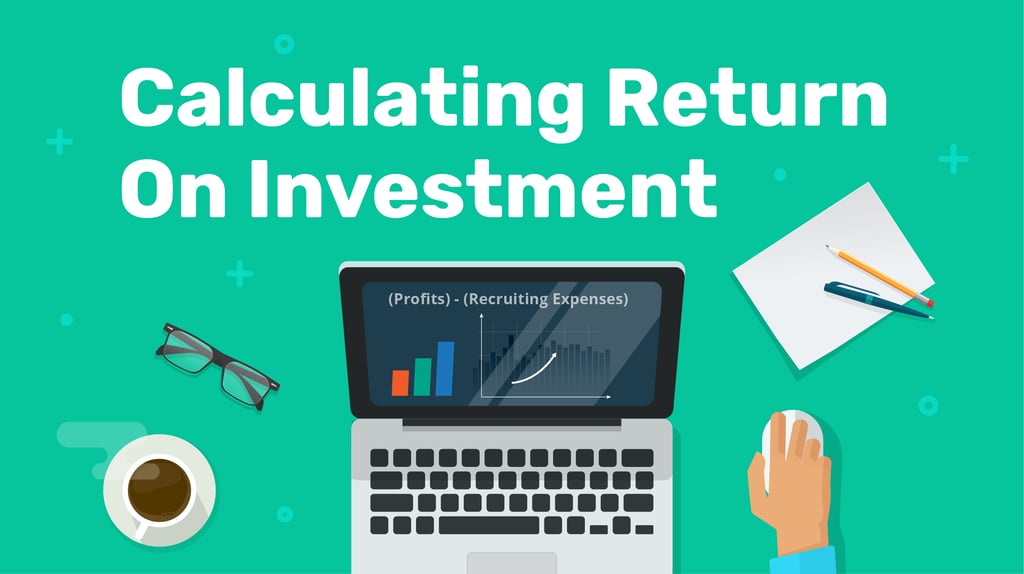
There is so much happening here at Intead this week! We are so excited to share it with you.
First, we are dedicating this week’s blog post to our team member Jen Thayer, (you may know her as the long time manager of this blog), who will be moving on to pursue a new career opportunity at Tufts Health Plan this week. We are so proud of everything Jen has contributed to the growth of this company. She is a very dear colleague and friend, and we know that she will continue to share her positive energy and enthusiasm with the world. Best of luck Jen – we are all cheering you on!
Next, we are excited to be presenting a webinar: “A Game of Finders Keepers: Finding and keeping the good agents” in partnership with AIRC and Angel Ahmed of GNET-Global Network, Inc. this afternoon, Wednesday September 27th at 1:00 p.m. EST.
We all know that finding a good international recruitment agent has its challenges, and maintaining the partner relationship isn’t any easier! How do you do it well when faced with different time zones, language barriers, and the need to stand out among the other schools in an agency’s portfolio? We will address these questions and more! Click here to register.
And finally, this week we are considering return on investment in the international recruitment process – how well are you able to track ROI? Good data helps you improve your recruitment, it helps you prove to your campus leadership that your recruitment efforts are worth it, and it shows you where you can improve.
Finding the right formula for your university can help you answer questions about where you should be focusing your recruiting budget, and where you should be backing away. Read on to see where your institution can make key improvements in measuring ROI…
Taking an Individualized Approach
One of the most important things to note about ROI for international student recruitment is that there is no “one size fits all” equation. Each institution has their own way of recruiting that includes different variables and will emphasize different values for each activity. That is okay. When measuring ROI, you can set your own basis of comparison. However, this means you must be consistent with your formula to get the right measurements for your own institution over the years. Benchmark and adjust until you have a solid baseline to measure against. It takes time to establish a solid baseline in any ROI evaluation.
Create Your Own Formula
As you may have seen a many, many times by now (but presented here just in case) we offer this as a basic formula for an ROI calcuation for student recruitment:
- (Student Tuition + Fees) – (Cost of building the relationship with student or agent + any discount placed on fees or tuition)
Among other variables, the cost of building a relationship with a prospective student might include the amount you spend on online ads (Facebook and Google Display Network) or other media spend, the cost of holding any informational webinars and the cost of international student fairs, other in-country travel or events. The cost of building and maintaining your relationship with an agent might include agent commissions and marketing fees, international travel costs, international phone calls and the cost of translating, printing and shipping physical materials for the agent’s office.
Or we can summarize ROI with the straightforward equation:
- (Profits) – (Recruiting Expenses)
Profits meaning tuition fees for enrolled international students minus the cost of instruction and any expected donations.
These equations address the tangible benefits. There are less tangible benefits that might be added to your ROI calculator can include email addresses (new leads) received at events or through advertising, website analytics and number of applications. Still, as we mentioned before, ROI for international student recruitment isn’t one size fits all.
As you evaluate the cost per enrollment and against revenue per enrollment, there is the decision of whether to include basic infastructure costs in the equation. Does your office space and staffing structure fit in the formula? Do you include just direct marketing costs like media spend and travel? Where you draw the line matters. We suggest you do the math with all costs included and then just with direct marketing/advertising costs. Always interesting to compare these from year to year.
Considering the Intangible
Then again, as you know, not everything is cut and dry in international student recruitment. The way ROI is calculated in business doesn’t work perfectly for university recruiting. There are many non-monetary benefits to having international students on your campus. Additionally, there are many intangible benefits that might not be seen immediately or that cannot be quantified.
Benefits that are more difficult to quantify include things like potential word of mouth advertising, partnerships created with other institutions and brand awareness. It may take longer to see the impact of these benefits, and might throw a wrench into the notion of straightforward, no-fuss data, but they need to be included to see the full picture.
Whether you choose a straightforward approach to get started or start out adding values to certain factors that are more difficult to quantify, measuring ROI can help make the benefits of your recruiting efforts concrete for your school’s administration. These ROI calculations can help you explain the value of your role to your colleagues across campus who often wonder what this whole "international" thing is all about.
For more formulas and tips, check out these slides from Cheryl Darrup-Boychuck, Owner and Chief International Education Officer at USjournal.com.
What tips and techniques do you use to capture the tangible and intangible aspects of ROI on your recruitment strategies? Let us know in the comments!

